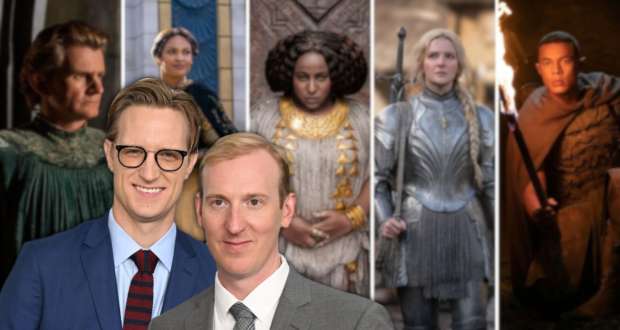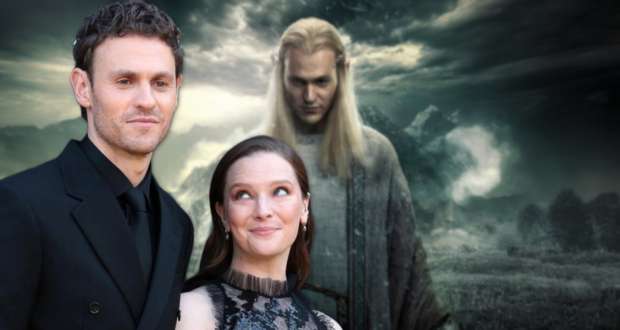While it may boast an audience score of 77 per cent on Rotten Tomatoes, it is safe to say that The Darkest Minds has not done so well with critics. With a Tomatometer rating of 18%, the YA adaptation has not fared well in reviews and among the key issues raised by journalists has been the use of product placement in the movie. As EW outlines, there are several fairly brazen shots of a Nissan van in the film, as well as a reference to the vehicle which the renowned publication says will “elicit a scoff of laughter in a theater near you”.
However, whether we love it or loathe it, product placement is now part of many films. As well as The Darkest Minds, this year alone we have also seen Mission: Impossible Fallout feature some fairly big nods to BMW, as well as the all-female reboot of the Ocean’s heist franchise come in for some criticism for its not-so-subtle scene in Subway. But just how did this all come about?
A key part of film-making
Product placement has been core to the fabric of film-making for some time now, with studios offering businesses the chance of a name-check or reference in a movie in exchange for a boost to their production budget. To some, the strategy might seem like a ‘sell-out’ move, but studios would no doubt argue that films may not get made without it.
The relationship is also not all one-way either, as major brands can get a big lift from having a prominent role in films – and miss out big time by not taking such a coveted slot. As Betway Casino look at some of the worst business decisions ever reveals, Mars is thought to have missed out on $19 million of exposure when the company declined to have M&Ms featured in the iconic ET scene where Elliot uses sweets to lure the alien out of the woods. The confectionery chosen instead? Reece’s Pieces.
Getting it right
So, what are probably the most famous examples of product placement in the movies? Well, any discussion of the issue simply would not be complete without a mention of James Bond.
So many aspects of the much-loved action franchise have become iconic, from Bond girls to the array of gadgets and cars at 007’s disposal. However, another key factor linked to the series is product placement, with brands from Omega to Heineken and Aston Martin featuring prominently in recent adventures. As the BBC outlines, co-producer Barbara Broccoli once said that the use of high-end goods in the movies was inspired by the level of detail that author Iain Fleming would go into in the books regarding the items at the spy’s disposal. Daniel Craig was even quoted back in 2012 stating that without product placement, production simply would not be possible.
Of course, while Bond might feature a product or two, it is rare that you see the spy address the issue head-on. That is of course what happens in the now-legendary scene from Wayne’s World, the 1992 Mike Myers comedy based on an SNL sketch which went on to become a huge smash. When faced with the issue of giving his sponsor a spot on his TV show, Wayne fights his corner while shamelessly promoting a range of products from Pizza Hut to Doritos and Reebok.
However, while those two examples highlight product placement as a tradition or the butt of jokes, sometimes it goes beyond that entirely. Top Gun is a great example of how a product can not only become synonymous with a movie but also then kick off a trend all of its own. We’re of course talking about Tom Cruise’s trademark Ray-Ban aviation sunglasses, which arguably became as iconic as the film’s thrilling flight sequences and frankly ridiculous volleyball scene.
Here to stay
Ultimately, product placement is always going to prove to be a contentious issue. However, while it can lead to some fairly cringe-worthy scenes, it can also create some classic movie moments, spark fashion trends and even leave big businesses rueing missed opportunities.
Whatever your take is on it, rest assured it is here to stay.



















